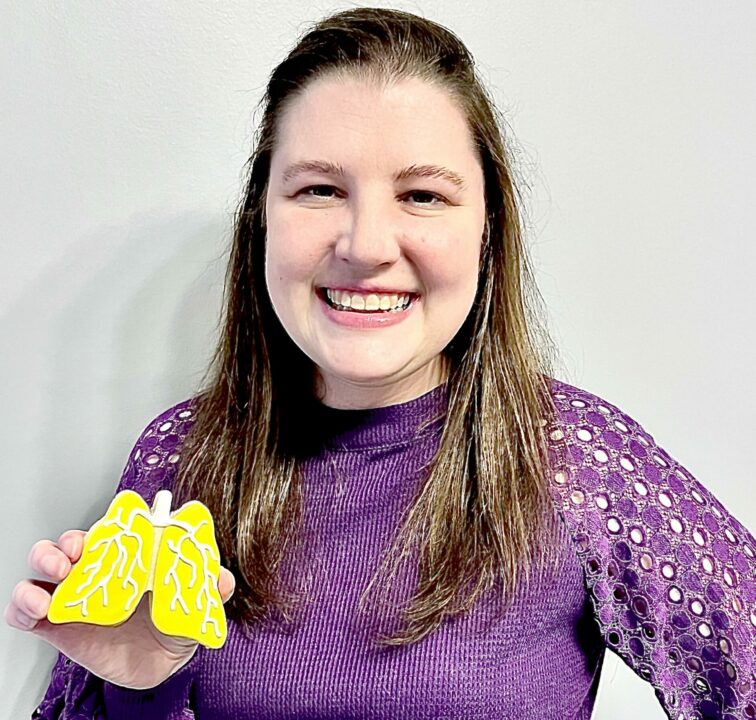Authored by Innovative Science Solutions, now part of Lumanity
Over 300,000 nonprescription drug products are currently marketed under the over-the-counter (OTC) Drug Review process. But this number is expected to quickly increase with the recent passing of the Coronavirus Aid, Relief, and Economic Security (CARES) Act. While the US$2 trillion stimulus bill has initiated a long overdue modernization of the OTC Drug Review process, numerous OTC drugs that were once eligible for market entry via conformance with monographs now require New Drug Application (NDA) submissions, which come with a hefty price tag.
The benefits of the NDA path
Products containing drugs that are not listed in any pre-existing monograph require NDA submission and FDA approval prior to marketing. As a result, NDA sponsors must submit intensive data packages, including clinical efficacy, pharmacology, and toxicology data, to demonstrate that their ‘new drug’ is safe and effective for the desired therapeutic indication. While NDAs come with a steep cost of over $2.9 million per application, approval is typically granted within 6–10 months of submission and offers confidential filing. Moreover, sponsors are granted labeling claims that are unique to their approved drug product, which gives them a competitive edge in the overly saturated OTC market.
The benefits of a monograph approach
On the other hand, compliance with a final monograph or tentative final monograph (TFM) is a less intensive pathway that allows OTC products to enter the U.S. market without FDA pre-approval. To do so, the drug must meet the Generally Recognized as Safe and Effective (GRASE) conditions and labeling requirements specified within the monograph. While the monograph pathway is more straightforward and effective from a timing standpoint, labeling is the same for all products formulated using a monograph, with no differentiation or additional claims allowed.
Which path to take?
Although both regulatory pathways result in the same endpoint – market approval of a nonprescription drug – subtle differences in active ingredient concentrations and permitted labeling claims are often overlooked by many OTC drug marketers.
One of the main challenges our clients face is determining which regulatory pathway is best for their products. For example, what if an OTC product has a monograph active ingredient but that ingredient is present at a different amount than the permitted amount? Or what if the label claims a novel indication not specified in a monograph?
Previously, such a product would be subject to NDA approval. However, under the CARES Act, sponsors may request modifications to an existing monograph by submitting a Tier 1 OTC Monograph Order Request (OMOR) to the FDA. Similar to NDAs, the newly founded OMORs also require safety and efficacy data packages but have a lower price tag of $500,000. The only caveat is, the active ingredient of interest must already be deemed GRASE by an existing monograph.
Similarly, to add a new ingredient to an existing monograph, sponsors may request eligibility determination in advance of submission of the OMOR. Such OMORs are considered Tier 1 ‘Innovation’ OMORs, with the same cost.
Some of our clients also question whether the investment of an NDA will bring success – i.e. what are the chances that the new drug will actually be approved? To increase likelihood of gaining FDA approval, sponsors may be granted a confidential pre-NDA meeting with the agency to discuss potential questions that may arise during the review process. Moreover, pre-NDA meetings help sponsors determine whether their drug product will likely face an advisory committee meeting. Any misstep can affect approval likelihood and timing.
Amidst the COVID-19 pandemic, the FDA is pushing off in-person and virtual meetings and instead providing written responses to the applicant’s questions, a process called Written Response Only (WRO). This brings a new set of challenges for sponsors with new drugs since WRO eliminates a productive discussion with the reviewers the way a meeting or phone call would. Meeting requests are also taking longer to be fulfilled – the original 4–6 week dynamic is now stretching out to 6–10 weeks and beyond.
If you are debating pursuit of either regulatory pathway for your OTC drug, it is critical to consider cost, timeline, and label claims to ensure your products has a unique stance in today’s market.
Partnering with an FDA consulting firm when marketing a new OTC product can provide numerous benefits. Our scientific and regulatory experts are highly skilled at OTC product formulation, CMC and quality review, labeling, preparing for FDA meetings, advisory committee strategy and preparation, and other regulatory interactions.
If you are looking for an expert partner to help navigate you to effective solutions, contact us today.








